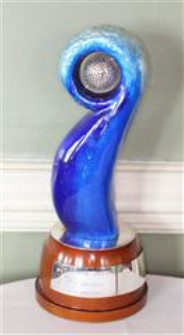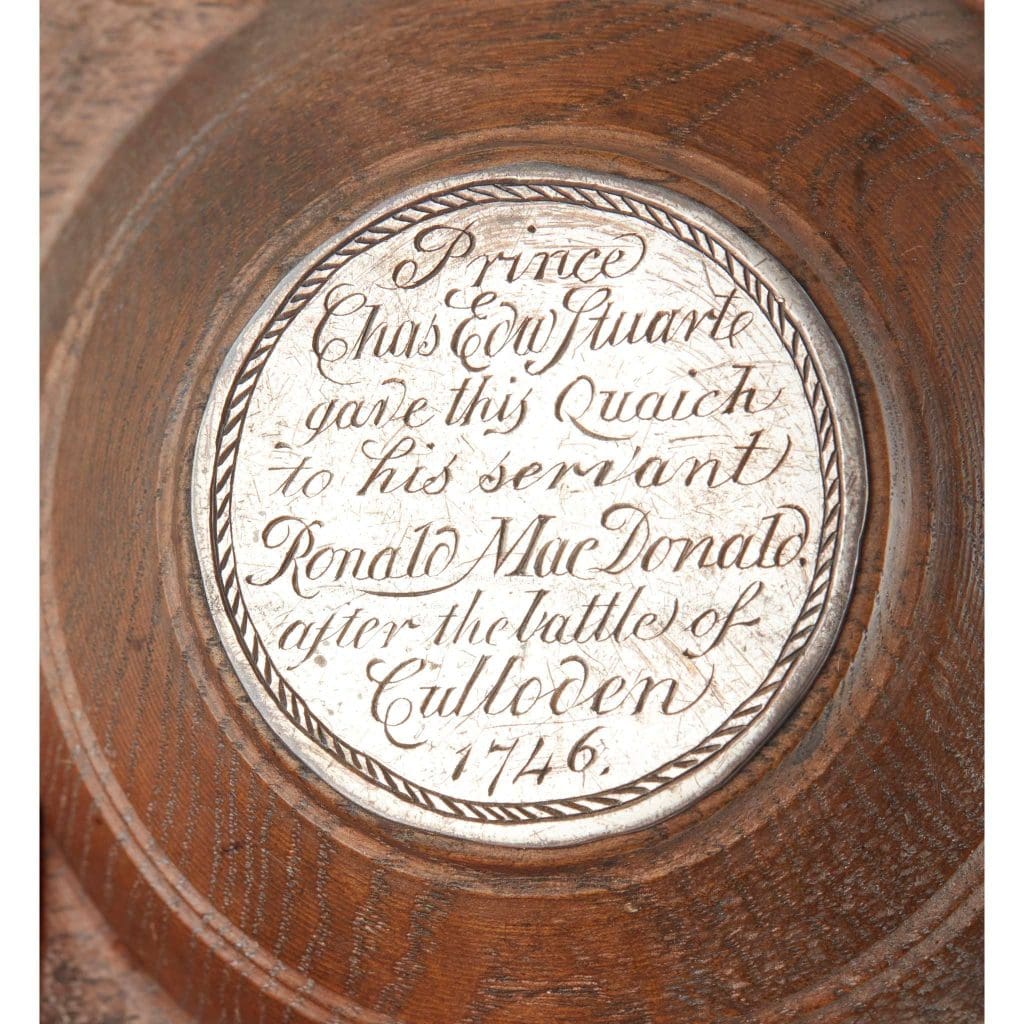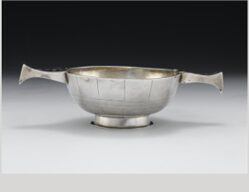As we look forward to the forthcoming 153rd Open Golf Championship at Royal Portrush Golf Club, we’ve taken the opportunity to look back on last Summer when our silver specialist Fiona Hamilton, along with colleague Alastair Meiklejon, travelled to the prestigious Royal Liverpool Golf Club. Warmly welcomed by the fabulous team there, Fiona and Alastair had the honour of assessing the impressive collection of art and antiques in this historic venue.
Discussions regarding the forming of a new golf club in the area began in 1869. The Royal Hotel in Hoylake was the setting for a meeting hosted by James Muir Downie, and attended by a further twenty one gentlemen. All present agreed to the idea and Dowie was duly awarded the title of the first captain.

George Morris who was the brother of Old Tom, and Robert Chambers the son-in-law of Dowie, were tasked to lay out the original nine hole course in 1869, two years later saw this extended to 18-holes.
In the same year, thanks to the patronage of HRH Prince Arthur, the Duke of Connaught, The Club was granted its Royal designation.
The links land doubled as a golf course and a horse racing track for the first seven years, the legacy of which lives on with the original saddling bell still hanging in the clubhouse, and the names of the first and eighteenth holes being ‘Course’ and ‘Stand.’
Hoylake hosted its first Women’s British Open in 2012, the same year as the London Olympics. Due to the impact that the Olympics had, plans were changed, and The Open was moved to September. Despite miserable weather on the day, South Korean golfer Jiyai Shin was victorious.


Fast forward to 2023 and the RLGC hosted the 151st Open where American Brian Harman ultimately triumphed at Hoylake to take the title in a thrilling win.
On entry to the impressive clubhouse at Hoylake, one’s eye is immediately drawn to the splendour of the silver cabinets within the lobby. One of the highlights of which must be the replica of the famous Open Championship trophy, which takes the form of a claret jug. Retailed by the renowned firm of Mackay, Cunningham & Co of Edinburgh, and made in London at a scale of 90% of the original, the claret jug depicts a golfer in mid swing within a surround of chased and engraved stylised scrolling foliage and sits on triple plinth with silver plaques engraved with winners.
Before the production of the original Claret jug in 1873, winners were awarded The Challenge Belt. Commissioned by the Earl Of Eglinton in 1860, the belt is made of Moroccan leather with applied emblems and centred by a silver buckle depicting golfers at play.
In 1927 the R&A made the decision to retain the original Claret Jug where it is on permanent display.
Further highlights of the collection of RLGC include;
The Bombay Challenge cup
Weighing in at over 2kg The Bombay Challenge Cup, by Martin Hall & Co Ltd, Sheffield 1874, is of flagon form on stepped foot, profusely chased and embossed with scrolls and foliage, and with engraved cartouches.

The Liverpool Banking and Insurance Cup
In the form of a freedom casket, The Liverpool Banking and Insurance Golf Tournament Challenge Trophy was made in Birmingham in 1900. The hinged cover has a finial in the form of a golfer in mid swing, the body is painted with various vignettes of the Clubhouses at RLGC, West Lancashire, Wallasey and Formby.

The Queen’s Silver Jubilee Bowl
Representing more modern design is the distinctive Queen’s Silver Jubilee Bowl, by celebrated silversmith Stuart Devlin. Made in London in 1977 the trophy is in the form of a rose water dish, with pierced gilt reticulated border, centred by a boss engraved with winners, and a 360-degree view of the London skyline.

The Atlantic Trophy
Enamelled in stunning shades of blue, the fabulous Atlantic Trophy was made by the acclaimed firm Boodle & Dunthorne in London in 2004. Modelled as a vertical scrolling wave, the curve supports a silver golf ball, showing RLGC and USA, to simple silver disc base, the plinth bearing silver plaques engraved with winners.

From the medals and trophies of the early 1800’s the enduring presence of silver in sports trophies continues to represent the history and prestige attached to major sporting achievements. In addition to their aesthetic appeal, these awards mark the determination and achievement of sportsmen and women at the pinnacle of their careers.
The presentation and winning of the iconic claret jug continues to inspire and motivate and we look forward to celebrating the success of the eventual winner of the 153rd Open Championship.
The 2025 British Open, officially the 153rd Open Championship, will be held from July 17 to 20 at Royal Portrush Golf Club in Northern Ireland.
































































